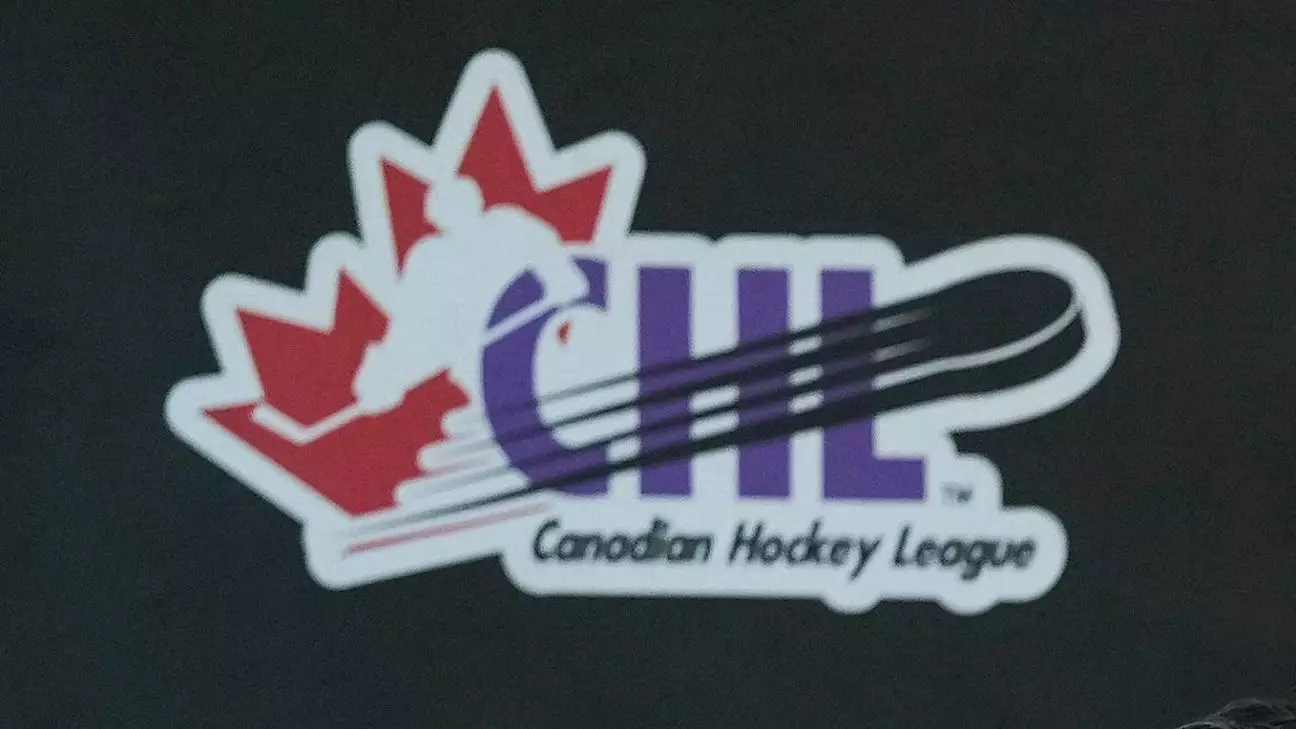The National Collegiate Athletic Association (NCAA) Division I Council stands at the threshold of a pivotal decision that could reshape the landscape of college hockey in the United States. At the forefront of this potential change is the proposed amendment to eligibility rules that would permit players from the Canadian Hockey League (CHL) to compete at U.S. colleges. This move, if approved, has significant implications not only for aspiring athletes but also for the dynamics between the NCAA and junior hockey leagues across North America.
Forrest Karr, the executive director of the American Hockey Coaches Association and the athletic director at Minnesota-Duluth, has been instrumental in advocating for this change. Under his guidance, a committee was formed to put forth recommendations aimed at revising eligibility criteria specifically for CHL players. Karr’s engagement signals a growing recognition of the potential talent that Canadian players bring to the college hockey arena and the necessity for an inclusive approach to sports governance. As Karr indicated, the NCAA Division I Council is scheduled to convene soon, raising hopes that a decision could indeed be made during this session regarding the ban on Canadian players.
It’s noteworthy that this development happens concurrently with considerations for athletes in other sports, such as skiing. This wider scope of discussions adds dimension to the conversation about eligibility and fair play within college athletics. The ongoing scrutiny of the NCAA’s policies points to a broader examination of how amateurism is defined across various sports.
An influential factor in this evolving narrative is a recent class-action lawsuit filed against the NCAA challenging the long-standing ban on players from the CHL’s Western Hockey League, Ontario Hockey League, and the Quebec Maritime Junior Hockey League. This suit illustrates the frustrations of those affected by these regulations, notably the case of Riley Masterson, whose aspirations for a collegiate hockey career were dashed after participating in two exhibition games at the age of 16. Such examples not only personalize the struggle but also serve as a rallying cry for reform.
Stephen Lagos, one of the attorneys involved in the lawsuit, expressed optimistic anticipation for the NCAA’s upcoming meeting. He suggests that reversing the ban could significantly benefit both individual players and the overall competitive framework of collegiate hockey. This sentiment underscores the belief that opening doors for CHL players could stimulate a healthier rivalry between the NCAA and CHL, enhancing the talent pool and enriching the playing field for college programs.
If the NCAA Council decides to pursue legislative changes that would allow CHL players to join their ranks, it could catalyze a shift in the competitive dynamic between the CHL and NCAA hockey programs. The CHL, known for producing a substantial number of NHL draft-eligible players, has traditionally been seen as a primary feeder league for professional hockey. By permitting players to participate in NCAA competitions, the NCAA could potentially attract more elite talent seeking a collegiate experience, as opposed to committing exclusively to junior leagues.
This change may not only amplify the competition for player recruitment but may also enhance the overall caliber of college hockey. Furthermore, with players now being able to profit from their name, image, and likeness (NIL), the landscape is shifting remarkably, allowing collegiate athletes to engage in financial opportunities previously reserved for professional athletes.
As the NCAA Division I Council prepares for what promises to be a consequential meeting, the discussions surrounding CHL players’ eligibility remain a critical topic of consideration. The resulting decisions from this gathering have the potential to redefine the trajectory of hockey at the collegiate level in the U.S. and push for a future where the opportunities for young athletes are broader and more inclusive than ever before.
The outcome of these deliberations not only carries weight for players like Masterson and Whitehead but also paves the way for a progressive future within college hockey. The collaborative efforts of advocates, legal challenges, and a changing landscape of athletics could herald a new era, bringing a diverse array of talent into the NCAA fold. As developments unfold, the global hockey community watches closely, hopeful for a decision that champions fairness and opportunity for aspiring athletes.


Leave a Reply